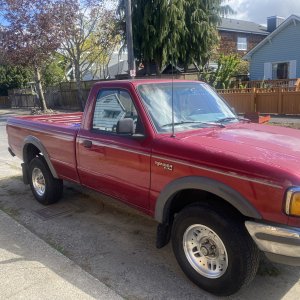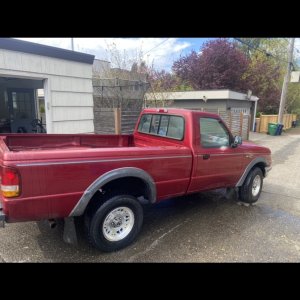- Joined
- Jan 13, 2019
- Messages
- 1,378
- Reaction score
- 806
- Points
- 113
- Location
- Pennsylvania
- Vehicle Year
- 2004
- Make / Model
- Ford
- Engine Type
- 3.0 V6
- Engine Size
- 3.0
- Transmission
- Automatic
- 2WD / 4WD
- 2WD
- My credo
- My world is filled with stuff that needs to be fixed
Yup, that's consistent with what I understood. Higher octane fuel does not contain more energy or produce more power, it's just less likely to spontaneously combust. If your engine needs that then it will help, if not it has no benefit.This is from the U.S. Energy Information Administration
A 3.0 Vulcan should not need it. If there is carbon in the combustion chambers of a modern engine with port injection, O2 sensors and feedback control of fuel mixture, then where did it come from? Carbon is from incomplete combustion, usually cumulative over time. If it's from gasoline then something has been quite wrong with the fuel control system for some time. Alternatively it could be from oil, suggesting excessive wear on rings or cylinder walls, or problems with valve guides or stem seals. But then the carbon build up idea is just a guess and may have nothing to do with it in the OP's case.














